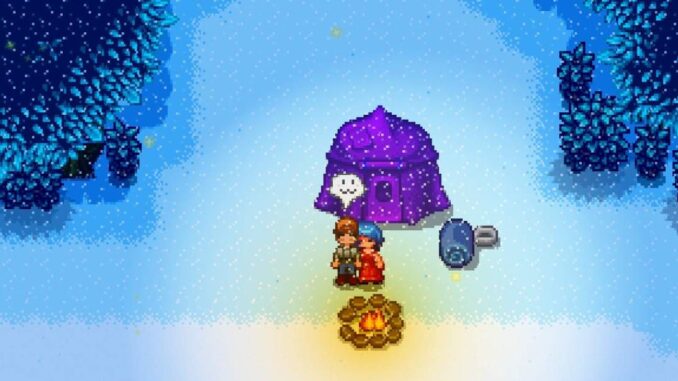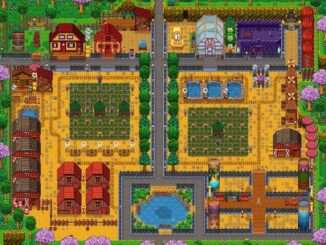
This guide gives a few basic tips for those starting out in Stardew Valley, based on my own personal experience.
Table of Contents
Intro
Note: Credit goes to Levi
As a person, I enjoy experiencing games as they were intended. I tend to avoid walkthroughs, wiki pages, etc and just figure things out for myself. However, as I’ve made my journey through Stardew Valley, I’ve come to realise that the game can be played blind if you want to – you can make your way through the game doing whatever you want and you’ll make your way eventually – or you can play it with some aid, therefore efficiently. This guide just gives a few tips on how to play the game that should aid you on your playthrough. No story spoilers.
Tip #1: Max Out Your Energy Consumption!
Each morning, your energy bar is refilled. Whether you used none of your energy or all of it, the bar will be maxed out the next day. Especially in the early game, I often find myself with a full energy bar near the end of the day, because of a festival or because I spent the day talking to villagers, donating to the museum, upgrading my tools, doing quests, etc. The key point here is don’t go to bed based on time, go to bed based on your energy bar. There have been times where it has reached ~10pm and I’ve just decided to go to bed instead of doing anything else with my time. This wastes productivity and overall slows your progress. Some things you can do with your extra energy if you’re left with some at the end of the day:
- Chop down trees.
- Mine rocks (on the farm).
- Go mining.
- Go fishing.
Generally when I have extra time I put it into chopping trees, as it burns energy easily and having a reserve of wood for your next building is always helpful.
Keep in mind, however, that if you’re still awake at 2AM you will pass out and be fined in the morning. If it gets too late it’s better to leave your energy bar full and get to bed rather than try to get stuff done and pass out. Make sure you leave yourself enough time to get home before committing to a task.
Tip #2: Don’t Sell Everything!
In the beginning of the game, it’s tempting to sell everything you don’t immediately need. However, you unlock crafting recipes as you progress in the game, meaning you don’t know when you’ll need certain items. In my first run I always sold items like sap, clay and fiber for quick cash, however it yields very little money and means you have no reserve for when you really need them for crafting.
If you aren’t sure if you’ll need something, throw it in a chest. You can always sell it or trash it later down the line if you realise the item is useless and taking up space. If you’re sure it’s useless, then sell it.
This also applies to more valuable things: sometimes it’s better to hold onto gems or artifacts despite their high selling price – donating them to the museum or using them as gifts or in bundles may be a better use. This is a situation where the wiki can be very useful in telling you a) an item’s sell price and b) an item’s use for gifting, bundles, crafting, etc. This should help you gauge whether to sell or hold onto an item you get.
Tip #3: Sort Your Chests
Even in the early game when you aren’t in possession of many items, it’s important you sort your chests based on the items inside so you know where each thing is. You will thank yourself once you reach the late game and are dealing with many more items that you’ll want to be able to find quickly. It’s very tempting to build one or two chests and just shove everything in and leave it at that, however chests are only 50 wood, so it shouldn’t be difficult to make a few. You can colour code your chests or even place signs to indicate which chest holds which. Here are a few categories you could sort your chests with:
- Building Materials (Wood, stone, hardwood, etc).
- Seeds & Farming Items.
- Food (This can be replaced by the fridge when you upgrade your house to get a kitchen).
- Mining materials (Ores, bars, gems, etc).
- Tools.
You can make as many as you like, however ensuring you have the basics is important so you always know where your items are.





Be the first to comment